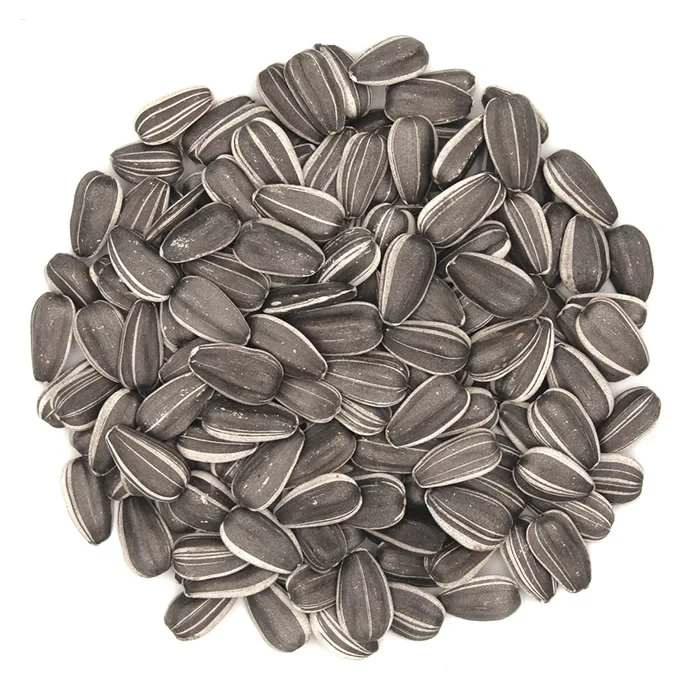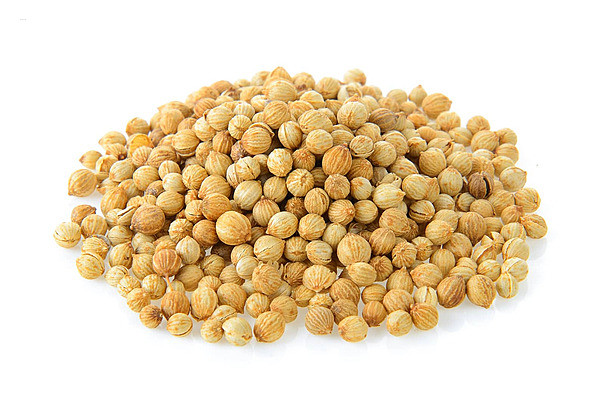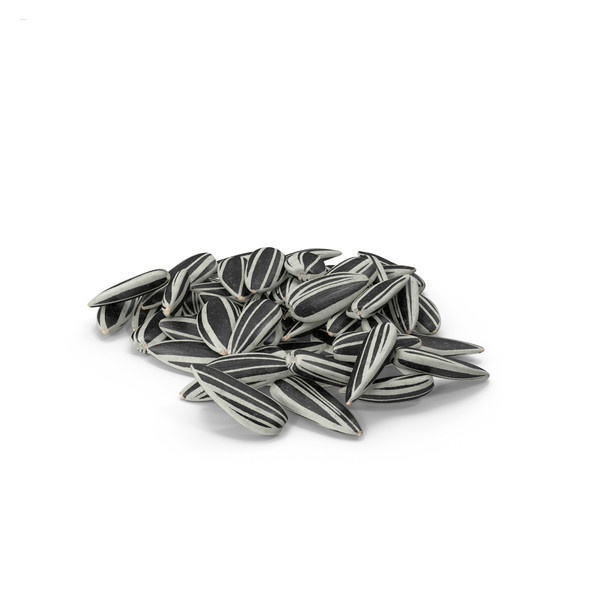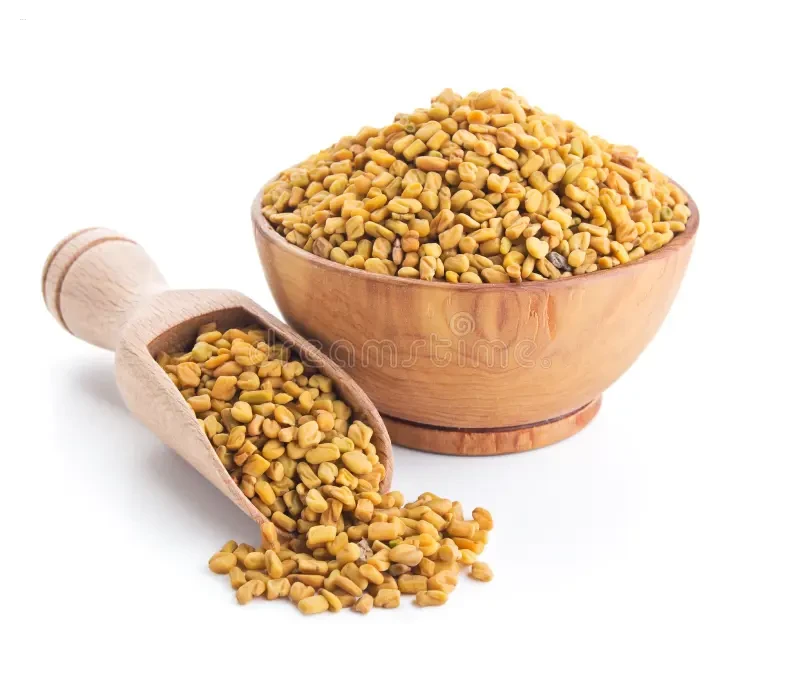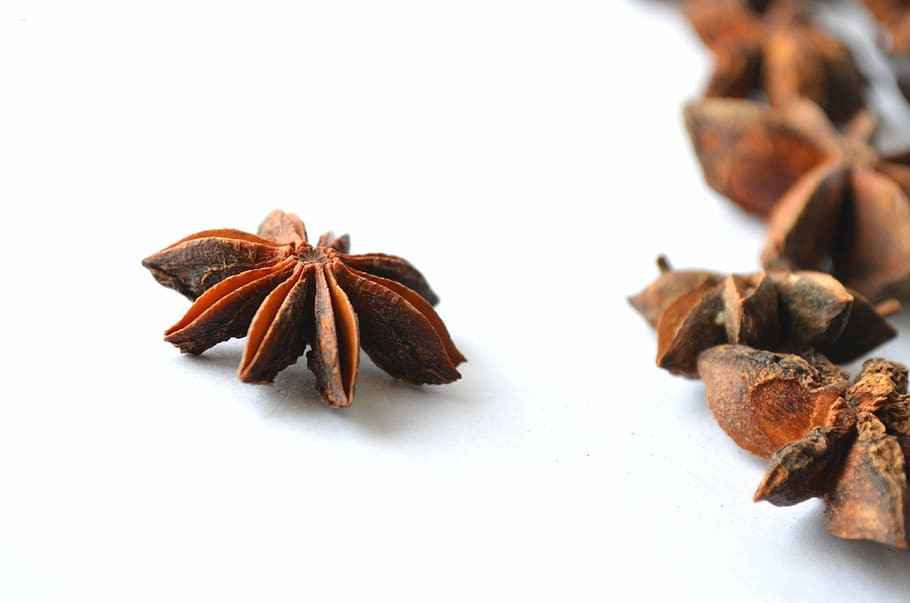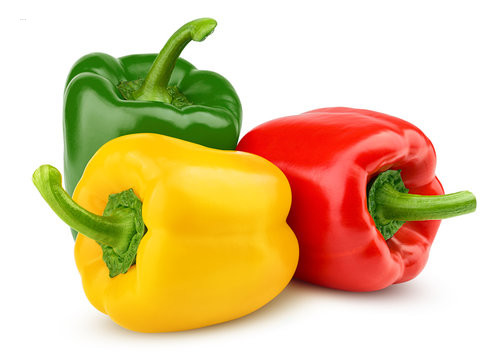

Capsicum
Inhouse product
-
৳3.30
-
৳3.30
Reviews & Ratings
Grow Delicious and Colorful Capsicum in Your Garden
Capsicum, also known as Bell Pepper or Sweet Pepper, is a versatile and vibrant vegetable that can add a burst of color and flavor to any garden. Whether you're growing green, red, yellow, or orange varieties, Capsicum is not only beautiful but also packed with essential nutrients. This vegetable thrives in warm, sunny conditions and is perfect for both home gardeners and those looking to add a nutritious, flavorful crop to their vegetable patch. With its mild, sweet flavor and versatility in the kitchen, Capsicum is a must-grow for any garden.
Health Benefits of Capsicum
Capsicum is not only a tasty addition to meals but also a powerhouse of nutrients:
- Rich in Vitamin C: Supports immune health, skin health, and overall wellness.
- High in Vitamin A: Promotes eye health and maintains healthy skin.
- Good Source of Antioxidants: Particularly carotenoids, which help protect the body from oxidative stress.
- Low in Calories: Making it a great option for anyone looking to maintain a healthy diet.
- Contains Capsaicin: Found in varying amounts in some types of Capsicum, it can boost metabolism and may aid in weight management.
Tips for Growing Capsicum
- Optimal Growing Conditions: Capsicum requires full sunlight and thrives in warm temperatures ranging from 70°F to 85°F. The plant prefers well-drained, fertile soil with a slightly acidic to neutral pH (6.0-7.0).
- Planting Tips: Start seeds indoors 8-10 weeks before the last frost date, or sow them directly into the garden when the temperatures are consistently warm. Plant seeds about 1/4 inch deep and space them 18-24 inches apart to ensure good air circulation and room for the plants to grow.
- Watering and Care: Capsicum plants require regular watering, especially during hot, dry periods, but the soil should not be waterlogged. Ensure that the soil stays moist but not soggy. Mulching can help retain moisture and prevent weeds from taking over.
- Support and Maintenance: Capsicum plants can grow to about 2-3 feet tall and may benefit from a support system, such as stakes or cages, to help keep them upright as the fruits develop. Regular pruning of side shoots will help maintain a healthy structure and promote better fruit production.
Harvesting Capsicum
Capsicum is typically ready to harvest 60-90 days after planting, depending on the variety and growing conditions. Harvest the peppers when they reach full size. Depending on the type of Capsicum you are growing, they can be picked when green or left to ripen into their mature color—red, yellow, orange, or purple. For a milder taste, pick the peppers while they are still green; for a sweeter flavor, wait for them to turn their full color. Gently twist or cut the peppers from the plant to avoid damaging the stems.
Culinary and Medicinal Uses for Capsicum
- Salads and Sandwiches: Add raw Capsicum to salads and sandwiches for a crunchy texture and vibrant color.
- Stuffed Peppers: Often stuffed with rice, meat, and spices for a delicious and hearty dish.
- Sautéed or Grilled: Sauté Capsicums in olive oil or grill it to bring out its natural sweetness and smoky flavor.
- Sauces and Salsas: Use to make flavorful sauces, salsas, and dips, where its sweetness balances out the heat from other spices.
- Traditional Medicine: In some cultures, Capsicums, especially varieties with higher capsaicin content, is used for its potential pain-relieving and anti-inflammatory properties, often in topical ointments or tinctures.
Frequently Bought Products
Product Queries (0)
Login Or Registerto submit your questions to seller
Other Questions
No none asked to seller yet
-
৳3.30
-
৳3.30
eBagan
All rights reserved
